ANDY WARHOL (1928-1987)
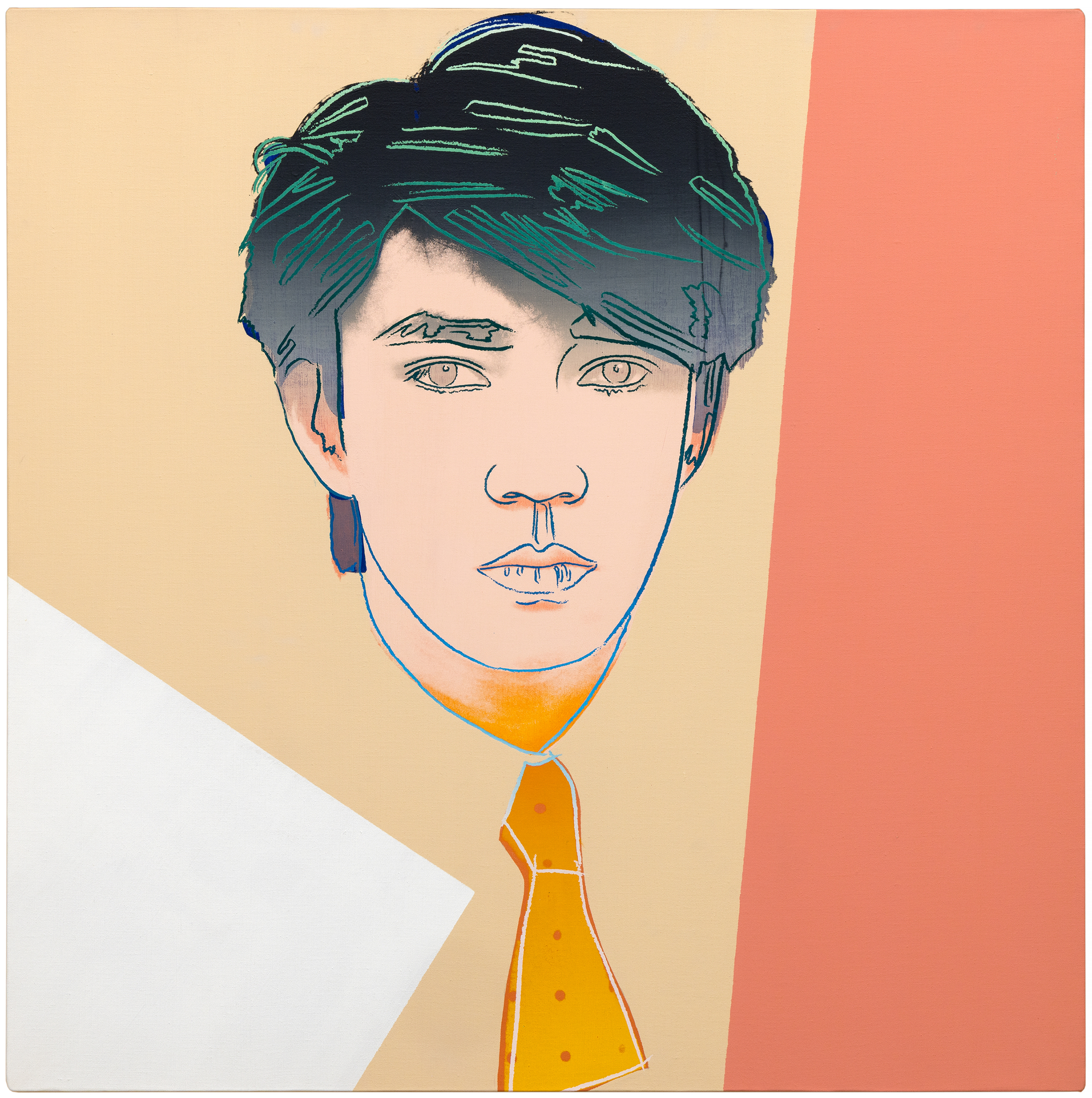
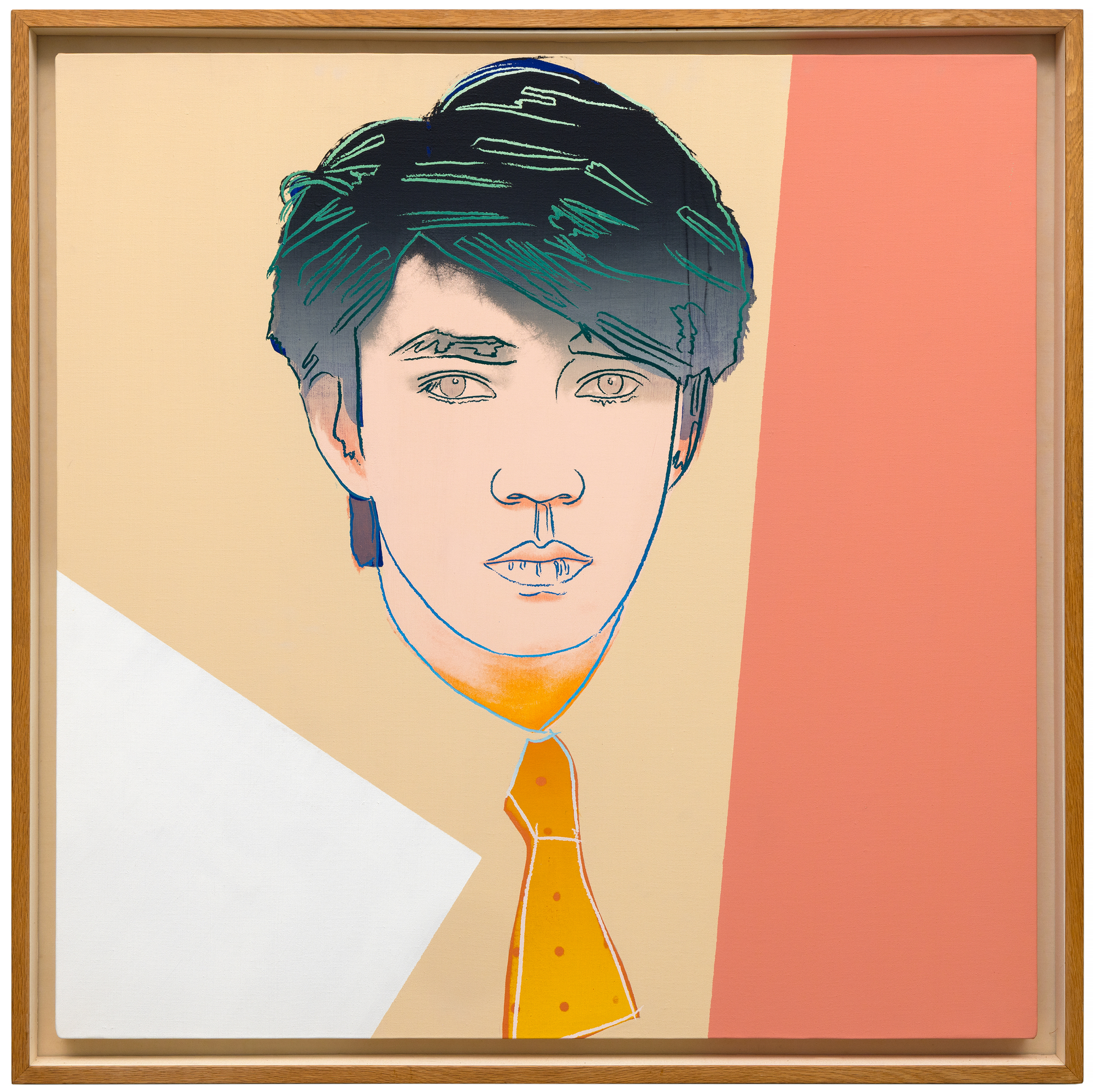
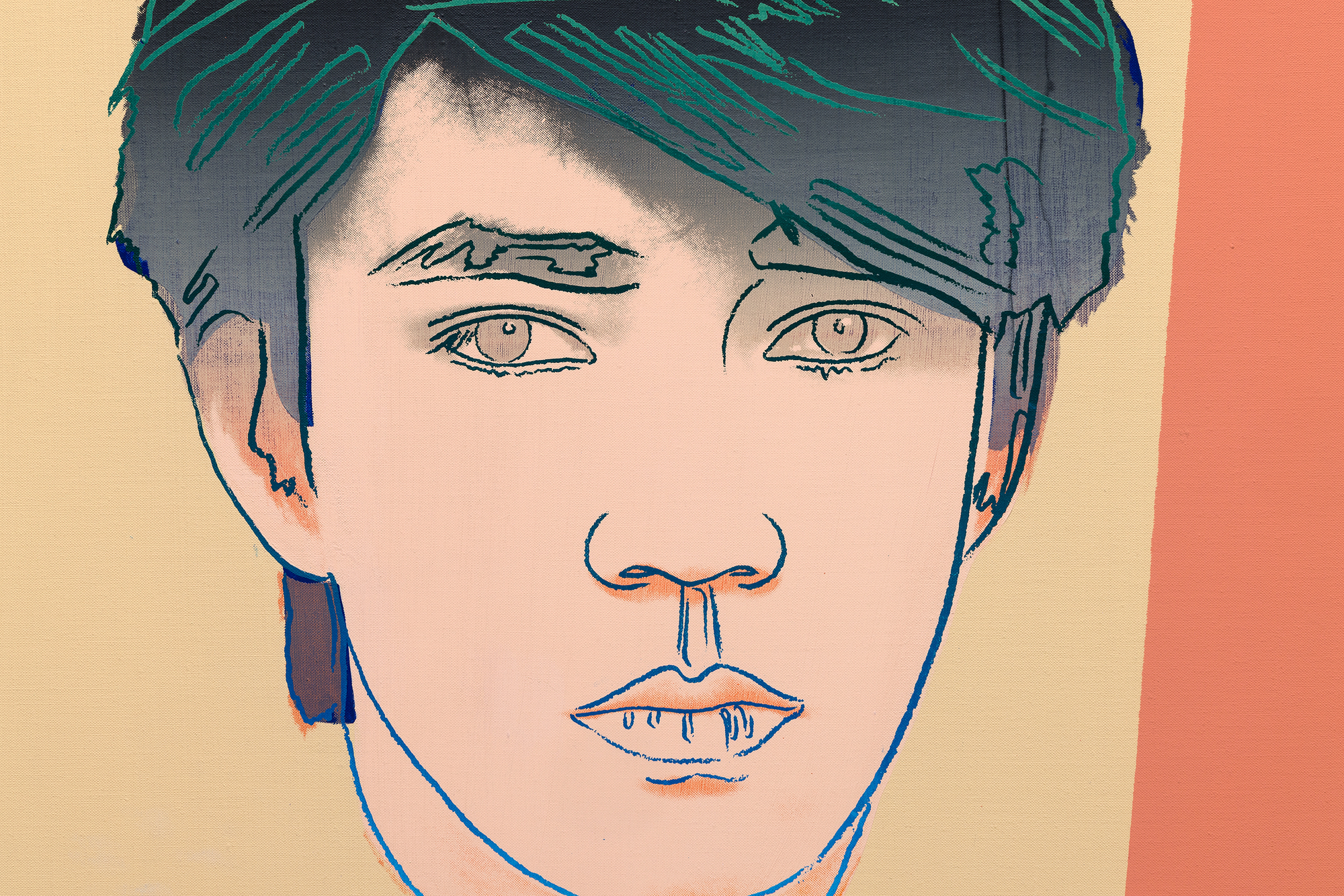
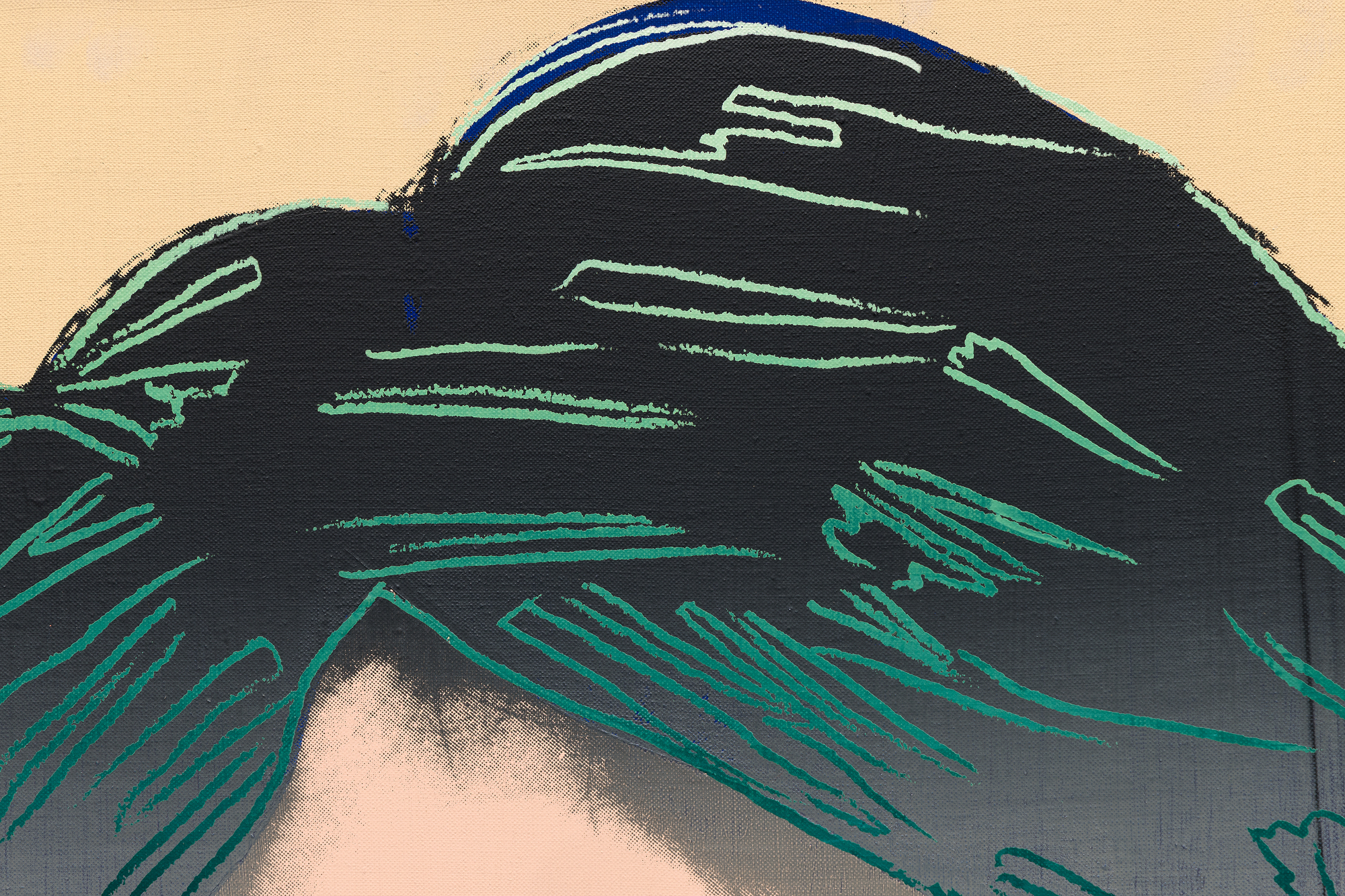
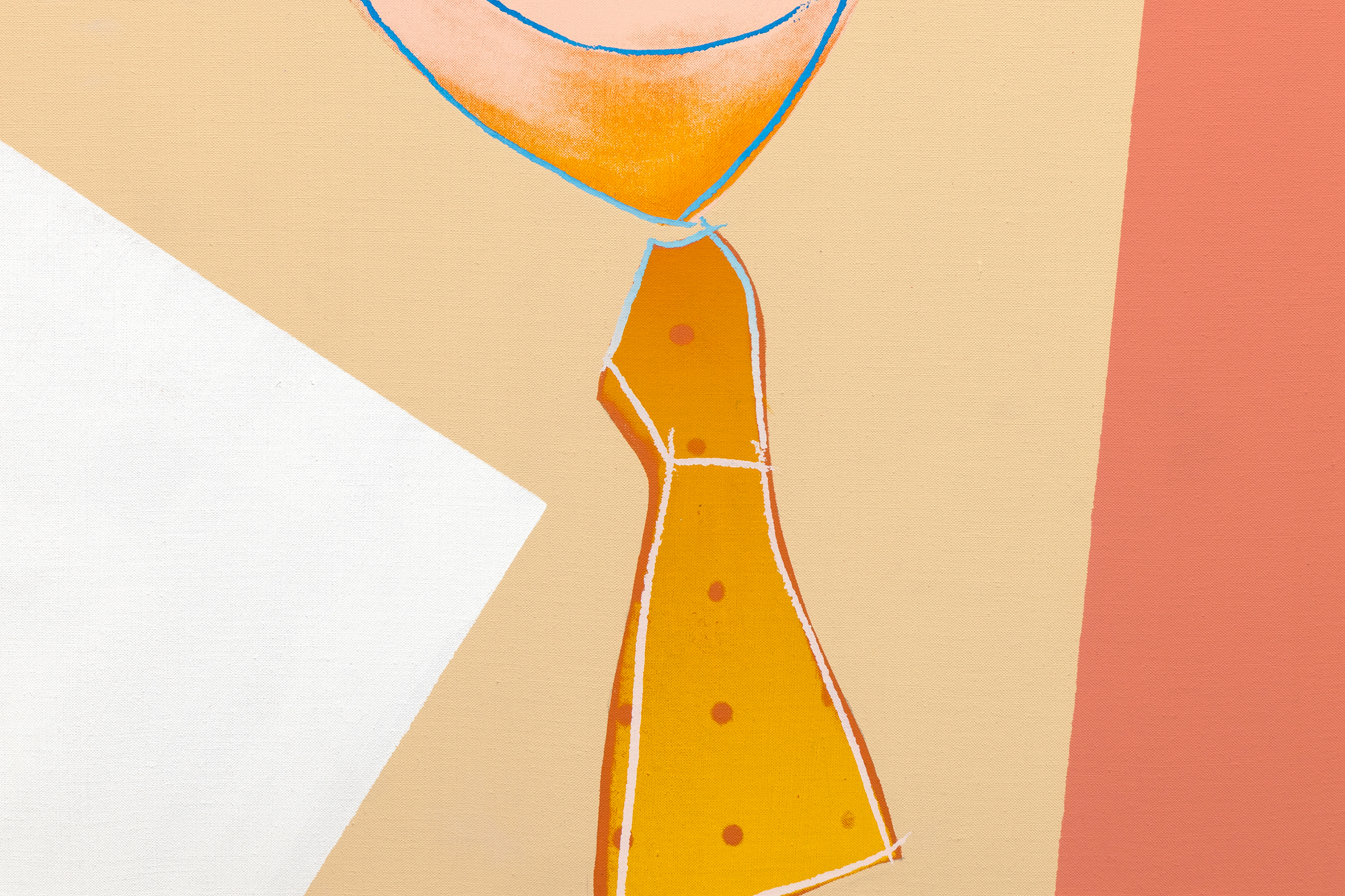
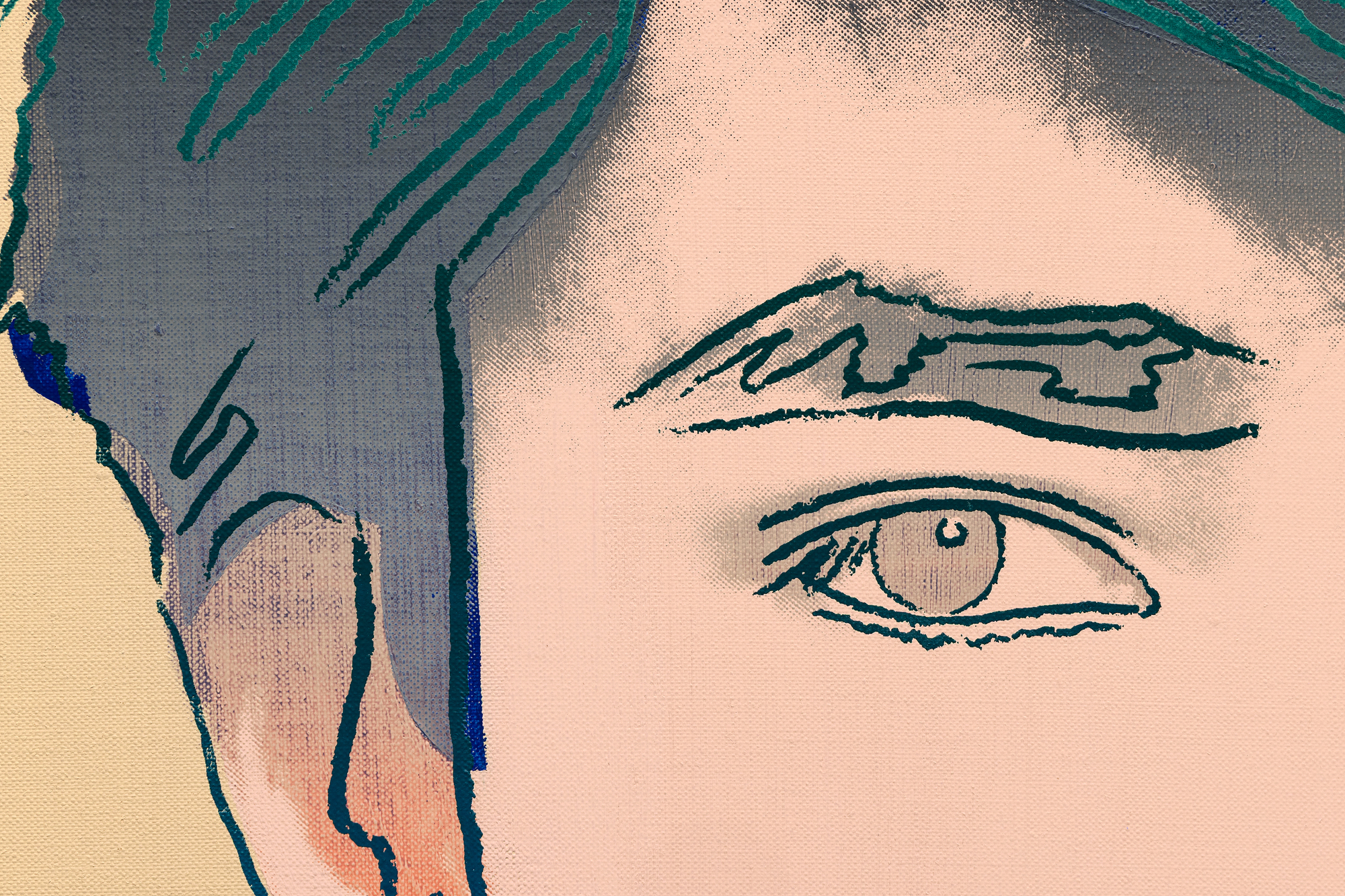

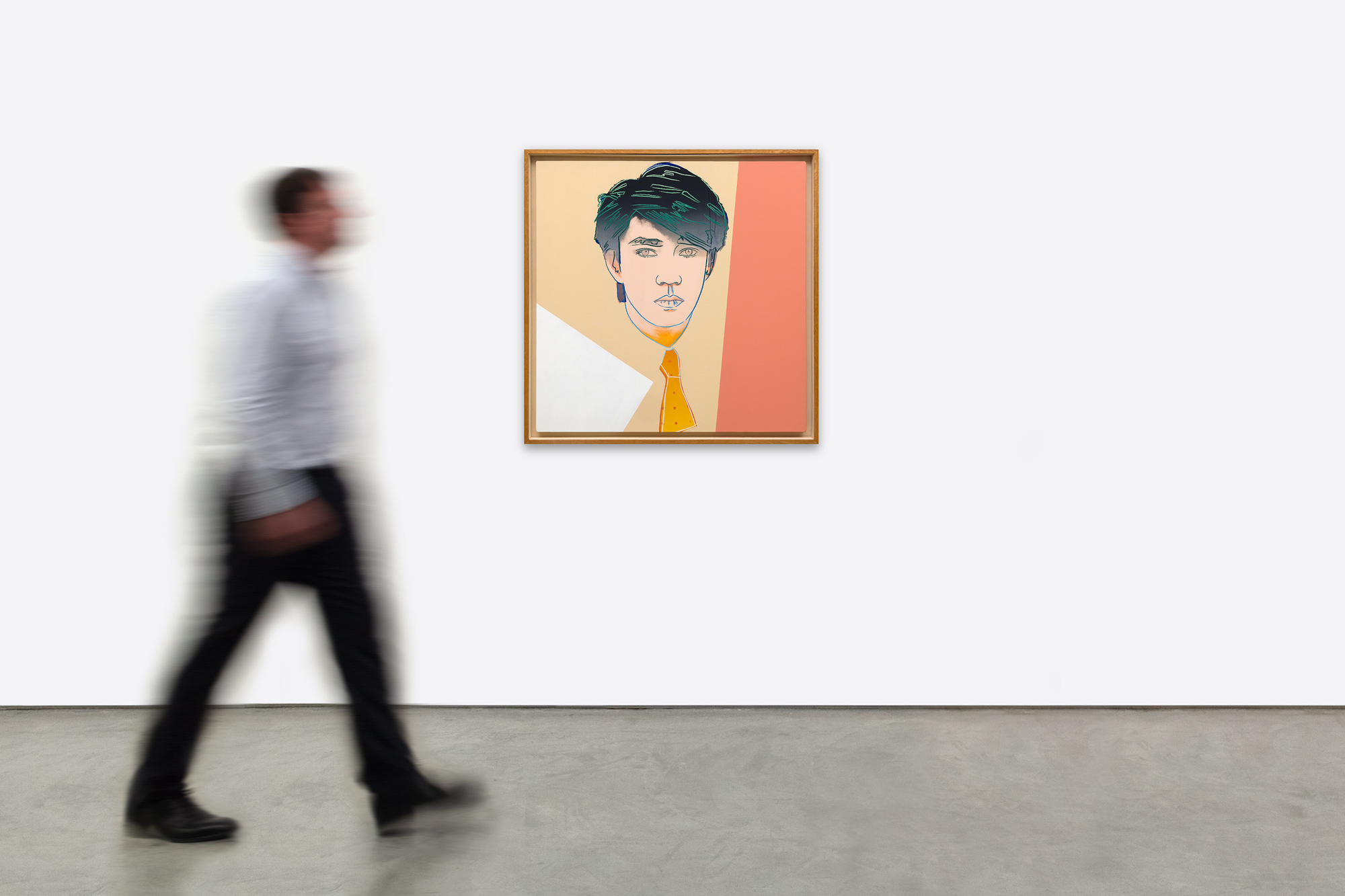
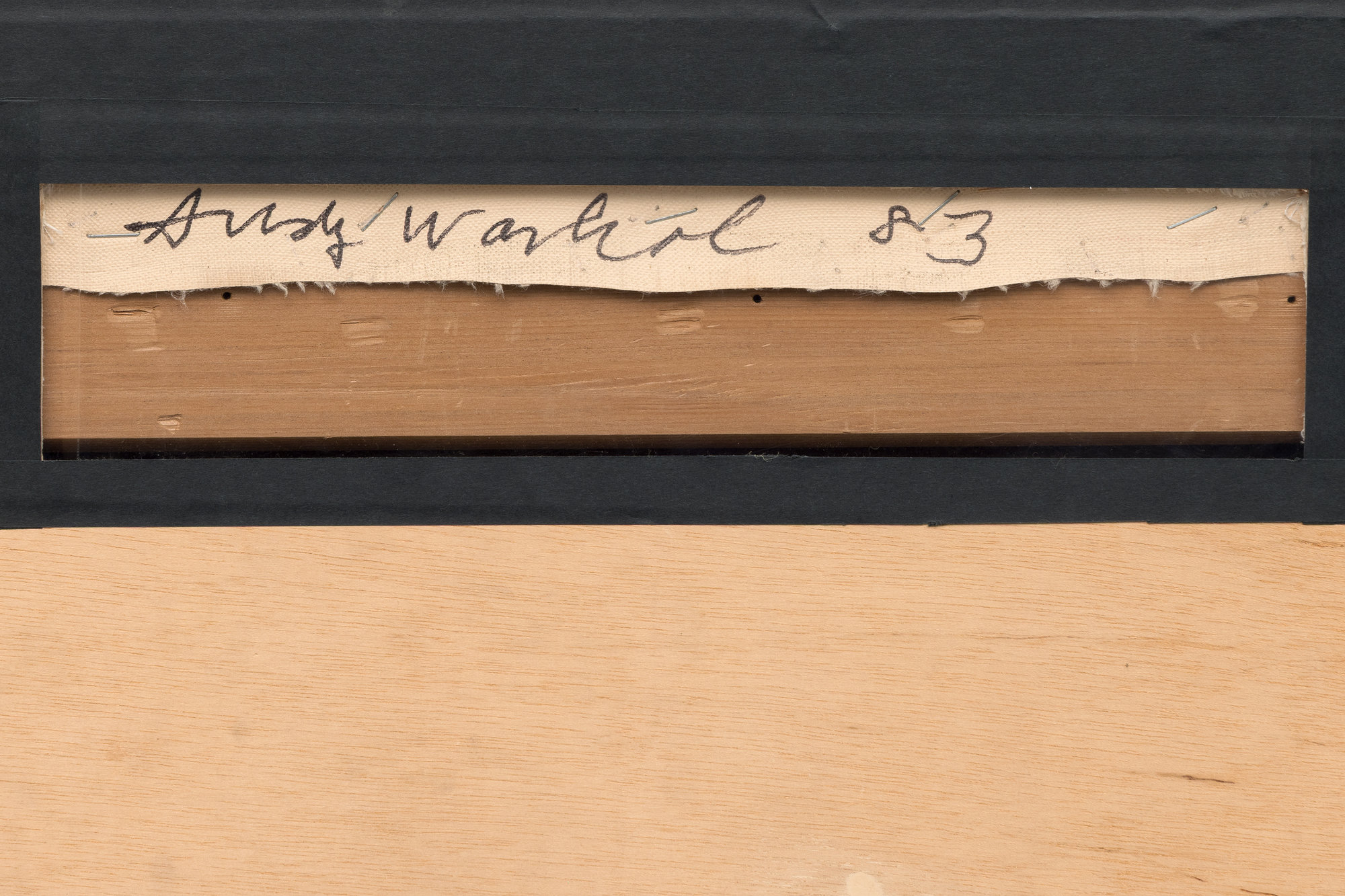
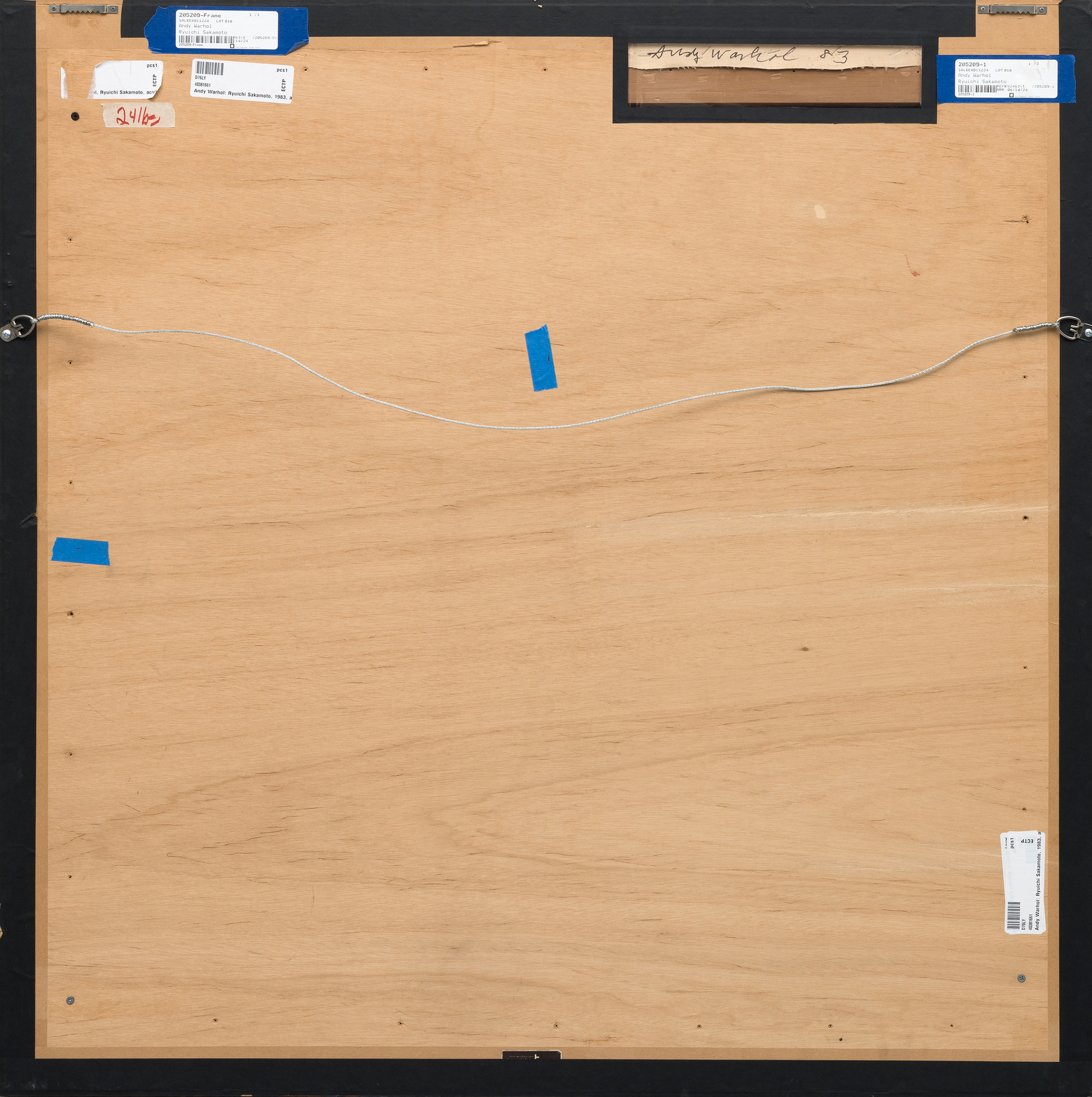
Provenienz
Kyowa Hakko Kirin Unternehmen, JapanPrivatsammlung
Mallet International, Tokio, 13. Juli 2017, Los 230
Privatsammlung, erworben von der oben genannten Person
Sotheby's New York: Donnerstag, 28. September 2023, Los 245
Privatsammlung, erworben von der oben genannten Person
Preis345,000
Die Komposition hebt Sakamotos stilisiertes Gesicht hervor, das mit präzisen Siebdruckkonturen dargestellt ist. Sein dunkles, strukturiertes Haar steht vor einer pfirsichfarbenen Fläche, die von einem weißen dreieckigen Abschnitt durchschnitten wird. Warhol ergänzte den Siebdruckprozess mit handgezeichneten Akzenten, die Sakamotos Gesichtszüge betonen. Die Mischung aus maschinellen und manuellen Techniken verleiht dem Porträt sowohl den Glanz eines Siebdrucks als auch die Taktilität eines Gemäldes.
In den 1980er Jahren wurde Ryuichi Sakamoto weltweit als Mitbegründer des Yellow Magic Orchestra und für seine bahnbrechenden Soloarbeiten in den Bereichen Elektronik, Orchester und Filmmusikkomposition gefeiert. Mit der Wahl eines der wenigen nicht-westlichen, männlichen Sujets in Warhols Repertoire würdigte er Sakamotos globalen Einfluss und seine Schönheit, was dieses Porträt zu einer besonderen Rarität im Schaffen des Künstlers macht. Ryuichi Sakamoto" ist Teil einer größeren Serie von Prominentenporträts, die neben Ikonen wie Mick Jagger, Debbie Harry und Prince entstanden sind. Das Bild ist ein Beispiel für Warhols Faszination für den Ruhm als Ware, wobei er öffentliche Persönlichkeiten im Siebdruckverfahren abbildete, um die Überschneidung von Kunst, Kommerz und Medien zu hinterfragen.
Eine lithografische Version dieses Gemäldes wird von der Tate London und den National Galleries of Scotland aufbewahrt, was seine kulturelle Bedeutung unterstreicht.
Dieses Werk ist sowohl eine lebendige Hommage an eine der innovativsten Persönlichkeiten der Musikwelt als auch ein Zeugnis für Warhols fortwährende Erforschung der Bildgestaltung. Seine kühne Farbgebung und sein ikonisches Thema finden auch heute noch Anklang in zeitgenössischen Sammlungen, die nach einer Verbindung von Musikgeschichte, Pop-Art-Erbe und interkulturellem Dialog suchen.


